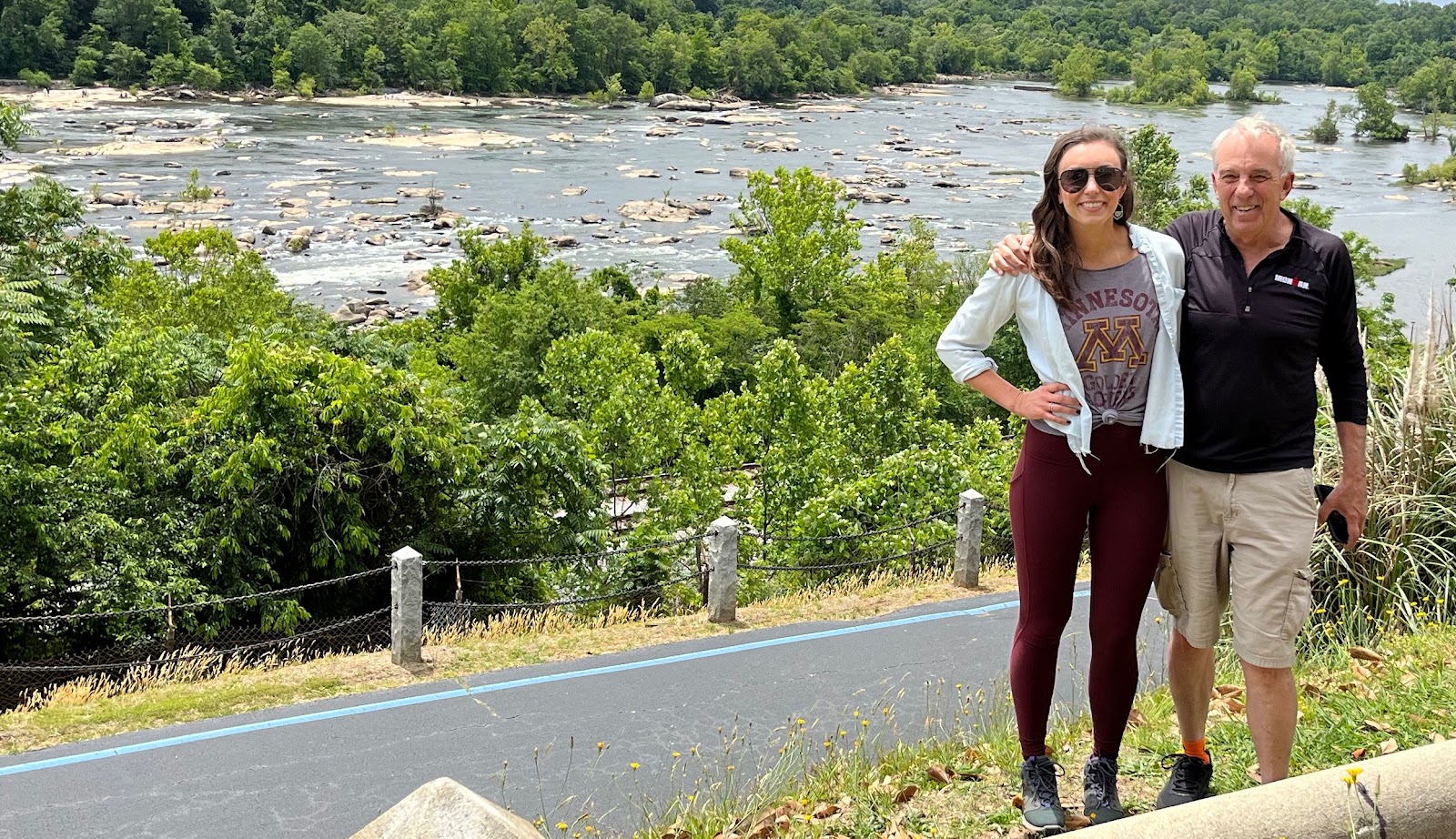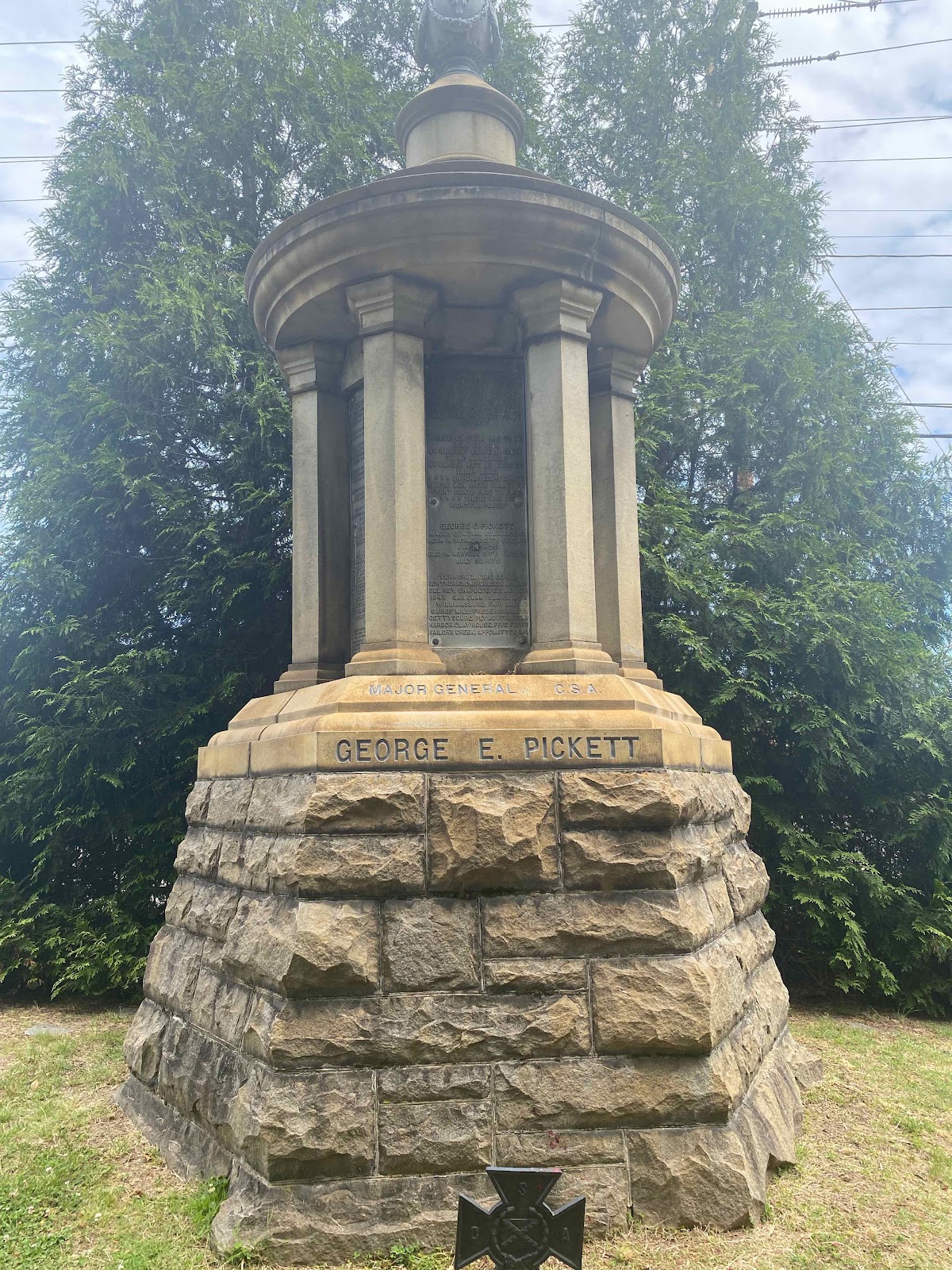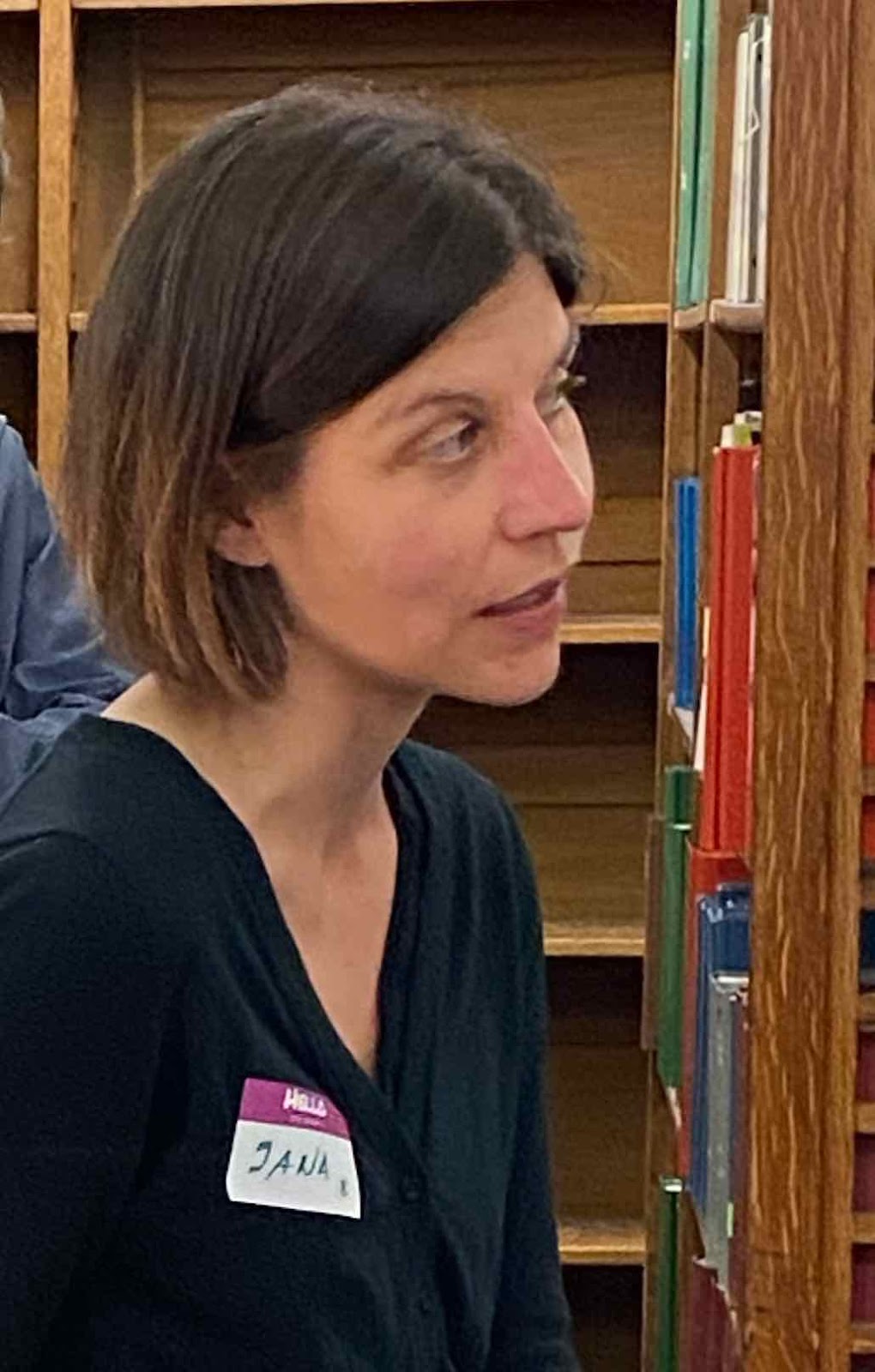Never Again on the wall at the Dachau Concentration Camp.
Cliff and I have been friends since the late 1970s when we were roommates in the Wiesbaden Military Community. We were two of the 250,000 American soldiers defending Europe as part of NATO. We both left active duty in 1979.
Cliff and his family have a long and interesting military history dating back to the Revolutionary War.
Cliff stayed in Germany and eventually became Bruder Timotheus. We have stayed in touch, talking every month or two since 1979. We had occasional visits before I retired, either when he was in the US to visit family or I was in Europe on business.
Since I retired, we have been able to travel together. Dachau is the third concentration camp we have visited together. We visited Buchenwald last year and the Osthofen Concentration Camp in Rhineland-Palatinate in 2017. Last month we spent a week in Israel together. We have both been to
Yad Vashem, but not together.
For Cliff and me, faith and spiritual life has always been the center of our conversations. Since 2016, Cliff has helped me to navigate the spiritual crisis in my life that began with the election of Donald Trump and became a full-on disaster after Nazis marched at Charlottesville. Trump became the first President since the rise of Hitler who was unable to condemn Nazis and even suggested they are “fine people.” Cliff suggested I listen to two rabbis with a podcast from Israel who just spoke about the
Nazi rally in Charlottesville. We have been talking ever since in ways only two old friends, and two old soldiers can.
Here are some thoughts from Dachau. I will be posting much more about the trip in the coming weeks.
Dachau was among the first of the concentration camps, founded in 1933. It was the very first extermination camp adding a crematorium early in its terrible history.
Dachau was also very much a slave labor camp. The main camp had 36 satellite camps at various times. Inmates were sent to these camps to work in the arms industry and other industries.
We walked toward the rail station from the camp itself. The route has a series of 11 signs showing where the camp guards lived and the training grounds for the SS troops assigned to Dachau.
Dachau was a terrible revolving door for SS troops. Before the war, elite SS troops trained in Dachau. The best of these troops led the invasion of the Soviet Union, a war that began in June of 1941 and was supposed to end in victory by October. Victory never came. That long defeat was best told through the eyes of a man who enlisted at 17 and served through the whole war:
Guy Sajer, the Forgotten Soldier.
As the war dragged on and defeat followed defeat, wounded SS troops no longer able to serve on the front lines returned to Dachau to serve as camp guards. The guards they replaced were sent to the fight the Russians, some of them returning wounded, unfit for frontline duty.
Dachau, like many concentration camps, sits right in the town. Housing for the SS officers and men was right outside the camp and part of the community. Public records show marriages between local women and SS men and many other legal documents such as deeds and police records that show the camp was part of the community.
On the day we visited we followed a very casual formation of German soldiers touring the camp. The soldiers wore different several different hats, most were in camouflage coats, but some of the group were in civilian clothes and not all wore jackets. My friend Cliff and I were walking behind the group together, two old Cold War soldiers looking at the young men and women serving in the military today.
I smiled looking at the 30-odd soldiers and said to Cliff, “What a Cluster Fuck!” Cliff smiled back and told me about walking with a friend from the German Army (Bundeswehr) in Israel in 2017. They were near the Wailing Wall in Old City Jerusalem when they saw a group of Israeli soldiers touring the area. The Israeli soldiers were also walking casually, not marching or in any sort of formation. Cliff’s friend from the Bundeswehr said, “We would never look like that in public in uniform.”
I asked Cliff if he was going to tell his friend about the Bundeswehr group we saw. He said, “Not sure. You have to be careful about messing with other people’s gods.”
Dachau was one of the last camps liberated by the armies invading Germany from east and west. American troops, including
20th Armored Division, liberated the Dachau camp on April 29, 1945. The war ended the following week, but the fighting was bitter and costly right to the end of the war.
Just before the Americans arrived, the SS marched 7,000 prisoners out of Dachau to try to get them to other camps. Most died. The prisoners also attempted to take over the camp before the American troops arrived. They failed. Most were executed. The 20th Armored identifies themselves as the Liberators on their official division patch. The 20th is one of three American divisions identified as Liberators.
As I write this, I am in the cafeteria at the Dachau Memorial. On either side of me are long tables with German high school students laughing and talking and looking at their phones and eating snacks. These students, like the students we saw at the
East-West border outpost at Fulda, Germany, are letting off steam after listening solemnly to their teachers talk about the atrocities of the last century. Their teachers are off in the far corner eating real food and talking quietly.
As with every other camp I have been to, life goes on both in the camp and around the camp. The site is preserved like a cemetery, but as with cemeteries, houses, highways, hotels, Hondas, Hyundais, and haberdasheries fill the spaces around the consecrated space. Nature abhors a vacuum. Around scenes of atrocity and horror, life grows, adapts and changes, and moves on.
Communities adapt to the environment they find themselves in. In the 1930s and 40s under Nazi terror, Dachau became one of the centers of enslavement and death in the Nazi empire. Today, Dachau is a town with restaurants, laundries, stores, repair ships, buses, trains, and ice cream.






































